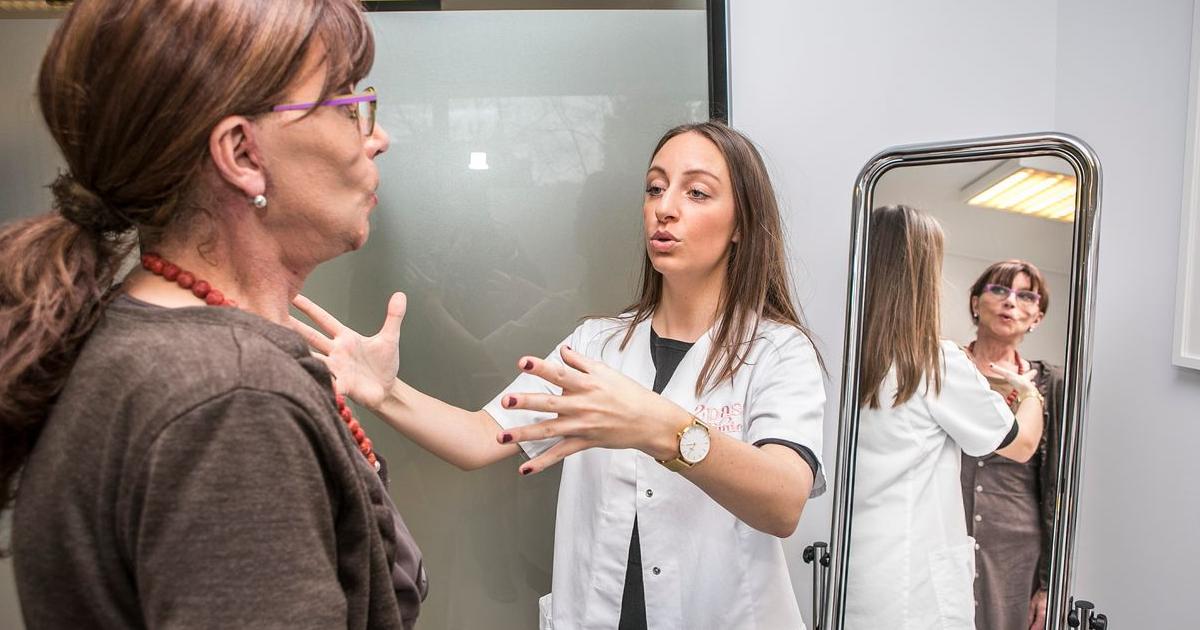How To Treat Vocal Cord Paralysis
Vocal cord paralysis is a condition that occurs when the nerve impulses to the larynx are disrupted, causing muscle paralysis. The condition can be serious, affecting an individual's ability to speak or breathe. The vocal cords are responsible for producing sound and protecting the airway from saliva, drink, or food entering the windpipe. Vocal cord paralysis might be caused by certain cancers, viral infections, or nerve damage during surgery. The recommended treatment might vary depending on the cause of the vocal cord paralysis. If caused by an underlying condition like cancer or an infection, the underlying cause should also be treated.
Vocal Cord Repositioning Surgery

Vocal cord repositioning surgery may be used in cases where the vocal cord paralysis is impeding a patient's ability to speak or make sounds. During this procedure, a surgeon takes a portion of tissue from the outer side of the voice box and moves it inward. This pushes the paralyzed muscle to the middle of the voice box rather than existing on the inside or outside of the larynx. Since the paralyzed muscle is in the middle of the voice box, the functional muscles surrounding it have an easier time vibrating against it to produce sound. Surgeons may also reshape the vocal cords during this procedure to allow better vibrations.
Voice Therapy

Voice therapy is a nonsurgical option that might be paired with surgery or used on its own. During a voice therapy session, a patient will use activities and exercises to strengthen the vocal cords, prevent unusual tension in the muscles surrounding the paralyzed vocal cord, protect the airway when swallowing, and improve breath control when speaking. If the vocal cord paralysis occurred in a location that doesn't necessitate repositioning or additional bulk, voice therapy might be recommended without surgery. Voice therapy is also used in other abnormalities of the vocal cords like cysts, polyps, or nodules. These are lesions that may occur in individuals who have to use their vocal cords often.
